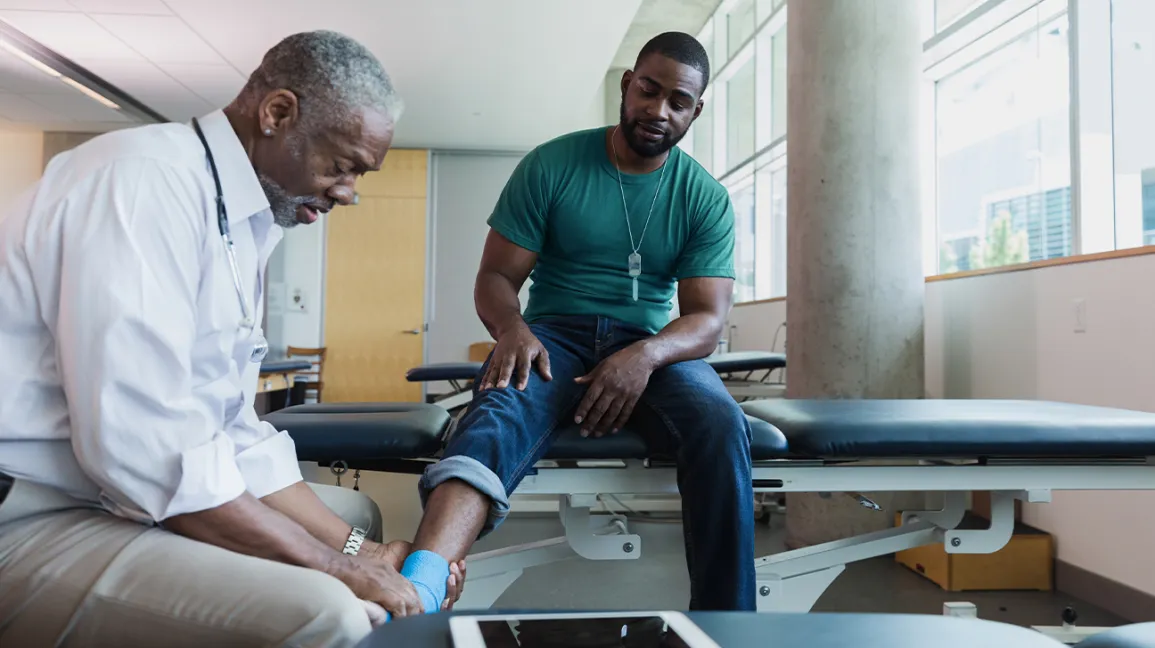
I step into an office, the faint smell of antiseptic lingering in the air. Ahead, a sign reads physical exams Greensboro. There’s a sense of anticipation, a hint of uncertainty. What type of primary care provider will I meet today? This is a question we’ve all mulled over. You might be surprised at the variety. The world of primary care is vast and diverse. It includes family medicine doctors, internists, pediatricians, and even nurse practitioners. Let’s dive in and explore these different types.
Family Medicine Doctors
Imagine a doctor from a storybook. They know everyone in the neighborhood. They’ve seen you grow from a toddler to an adult. This is a family medicine doctor. Their focus is comprehensive. They care for all ages, all genders, and all diseases. Prevention and treatment, they do it all.
Internists
Internists are detectives in the medical world. They solve puzzles related to adult diseases. Whether it’s managing chronic illnesses or tackling complex diagnoses, internists have your back. Their prowess in dealing with multiple health issues together is commendable.
Pediatricians
The first smile, the first steps, the first word, pediatricians are there for all these milestones. These are the doctors who specialize in the …


